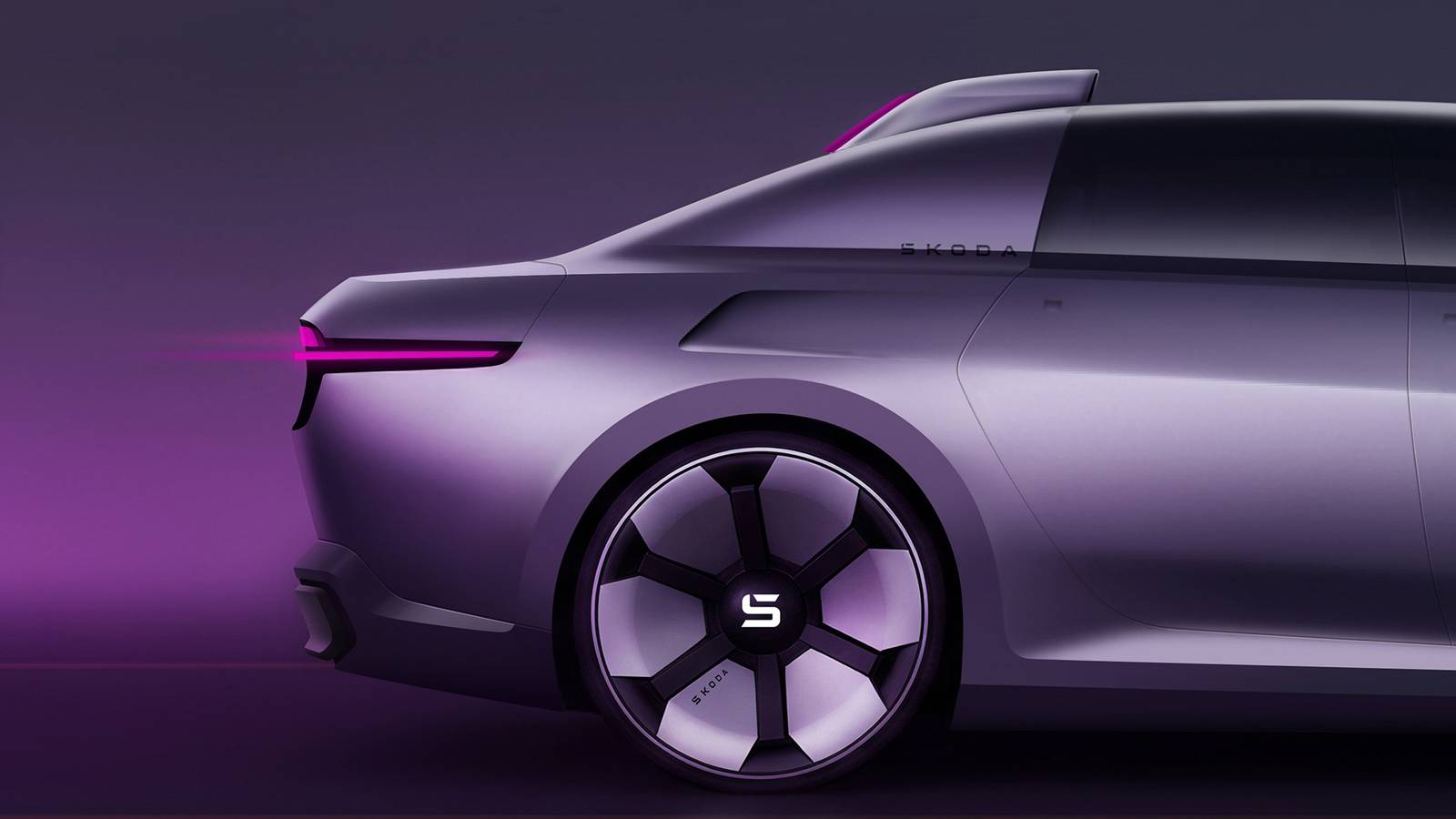21 January Webinar: 2026 residual value outlook: Regional shifts and trends SIGN UP now
25 November 2025
25 November 2025
21 November 2025
13 November 2025
12 November 2025
07 November 2025
27 November 2025
26 November 2025
25 November 2025
28 November 2025
24 November 2025
21 November 2025
28 November 2025
27 November 2025
26 November 2025
26 November 2025
20 November 2025
05 November 2025
× Close
28 November 2025
27 November 2025
26 November 2025
25 November 2025
How will the UK’s Autumn budget impact the country’s electric vehicle (EV) industry? What can be expected from the global new-car market in 2026? Plus, the latest key EV battery production announcements. Autovista24 journalist Tom Hooker presents The Automotive Update podcast.
In this week’s episode, a look at what the UK government’s budget means for drivers of EVs. Also, an expert-led webinar focused on new-car markets. Finally, the latest EV battery production news, unpacked.
Subscribe to the Autovista24 podcast and listen to previous episodes on Spotify, Apple and Amazon Music.
The UK government has announced plans for a pay-per-mile tax on battery-electric vehicles (BEVs) and plug-in hybrid vehicles (PHEVs). The latest budget outlined that BEVs will be charged 3p per mile, while PHEVs will pay 1.5p per mile, from 2028 onwards.
Dubbed the Electric Vehicle Excise Duty (eVED), it will sit alongside the usual annual Vehicle Excise Duty (VED). EV owners will pay both the standard tax and the mileage-based charge.
Drivers look to be required to input their annual mileage when renewing their vehicle tax. They can either pay the full amount in advance or spread payments across the year. At the end of the period, they will report their actual mileage.
While some have welcomed changes to VED, there is dissent. Critics of the new plans warn that the additional charge could make EVs less appealing and may slow adoption rates.
Autovista Group’s latest webinar, Global new-car market outlook 2026, explored some key new-car market forecasts.
An expert panel discussed whether economic headwinds and supply-chain challenges could prevail into 2026. While gross domestic product is expected to fall in many markets as inflation remains mostly flat, EV adoption will continue.
Additionally, the demand for electric powertrains is driving battery innovation. In particular, lithium iron phosphate (LFP) batteries can be expected to feature in a greater number of new electrified vehicles.
The webinar also assessed the potential success of Chinese carmakers in the European market. Affordability and build quality emerged as key factors in dictating potential prosperity. These new brands look set to capture a greater share of the European EV market in 2026. The question is which ones will have the staying power to succeed.
CATL revealed it will train up to 4,000 workers to operate its €4.1 billion battery plant in Spain. According to Reuters, the site will begin production in late 2026, supplying batteries to Stellantis.
It marks China’s biggest investment in Spain and is also backed by €300 million in EU funds. The project will be Spain’s biggest battery production facility when it is completed. Three more Spanish battery plants are planned, including projects by Envision AESC, Volkswagen’s (VW) PowerCo and Inobat.
LG Chem and Sinopec announced a partnership to develop key materials for sodium-ion batteries, electrive reported. The two companies said the batteries produced would be used for applications in China and globally, including ‘low-speed’ EVs.
Foxconn will expand its own battery production, according to electrive. The contract manufacturer plans to produce battery cells for EVs at its Taiwan facility.
Finally, Panasonic Energy will supply batteries to Zoox, Amazon’s self-driving unit, Reuters reported. Deliveries will begin in early 2026 under a multi-year agreement.
Share this article
21 November 2025
14 November 2025
07 November 2025
31 October 2025
Top
Autovista24 © 2025











